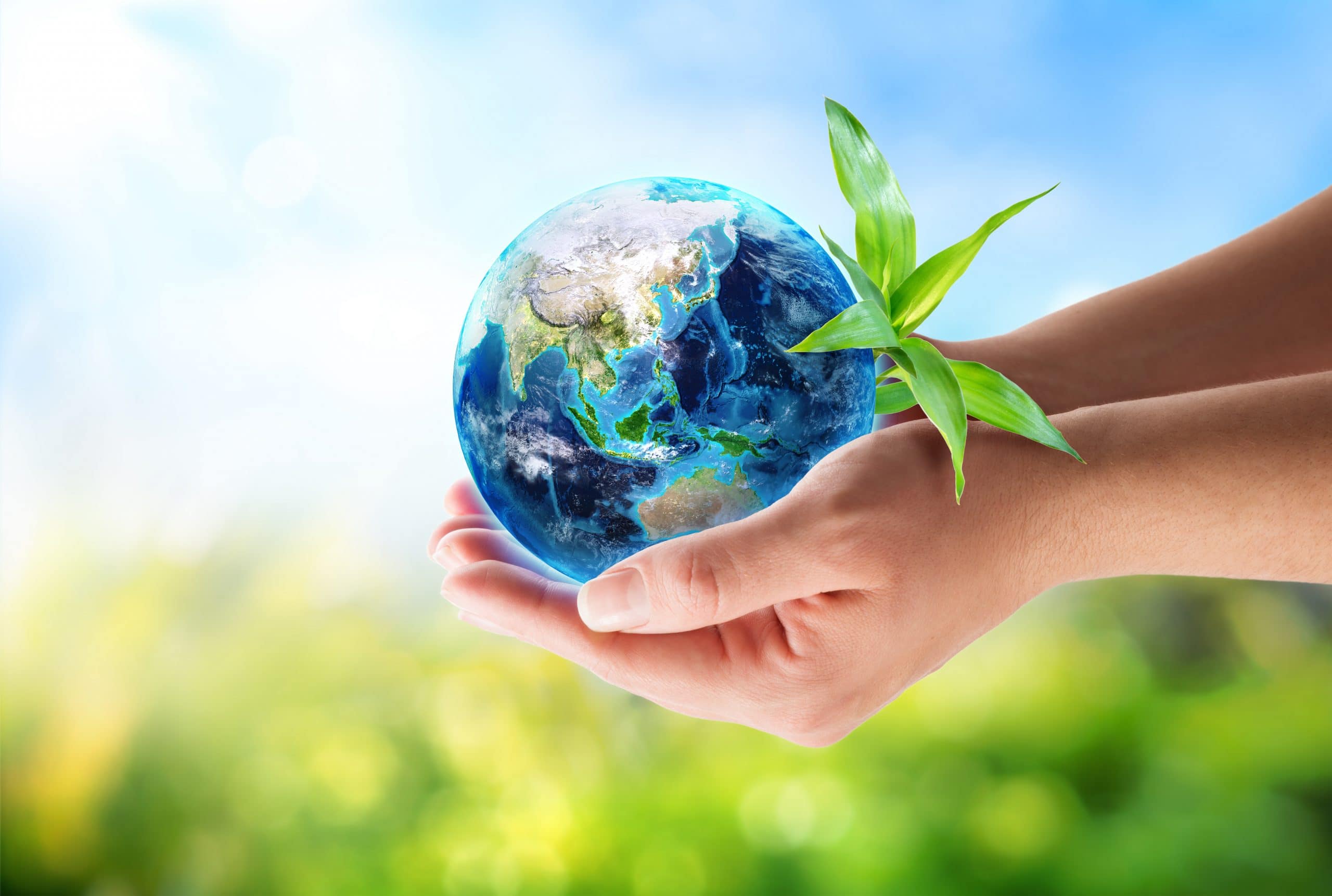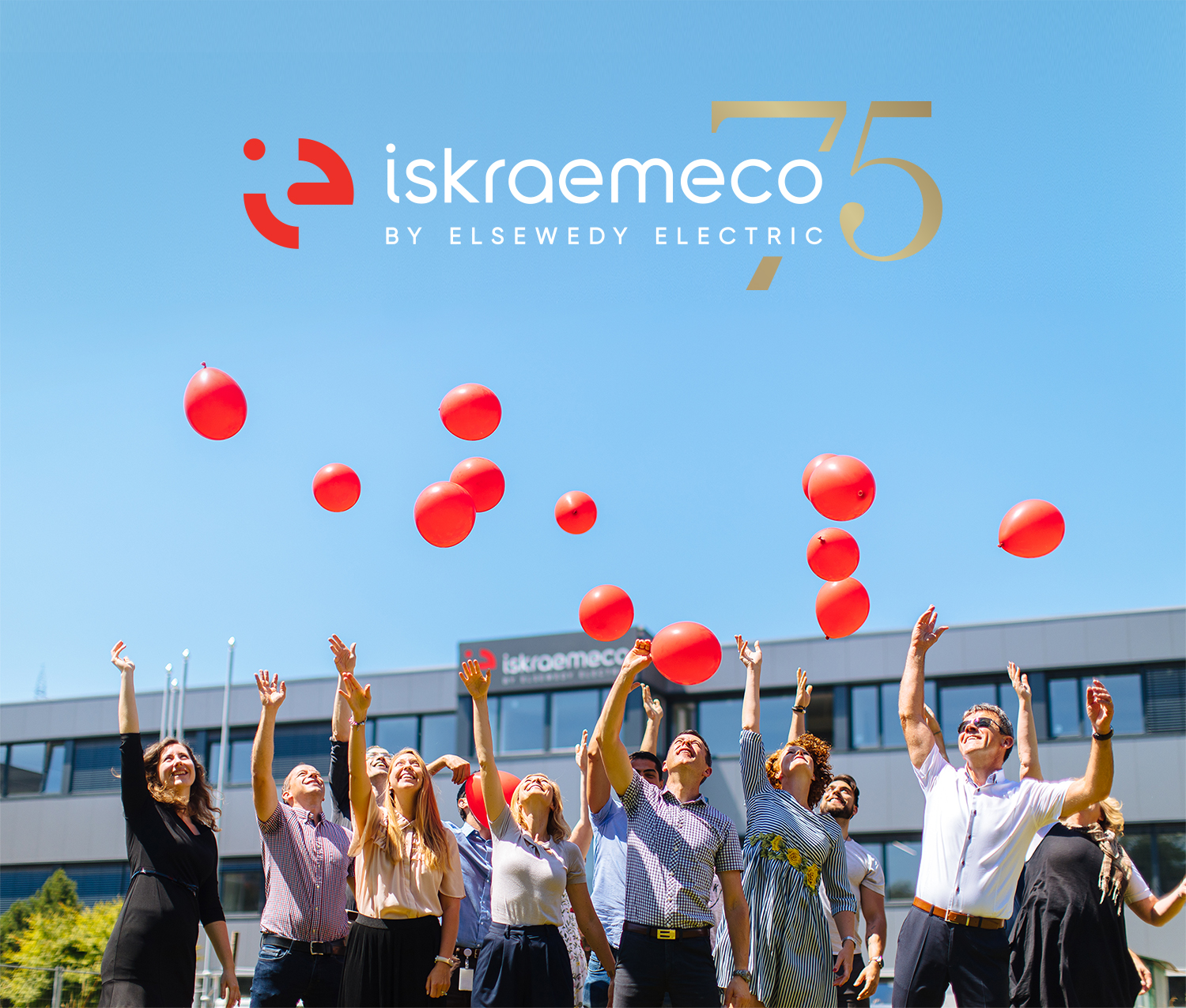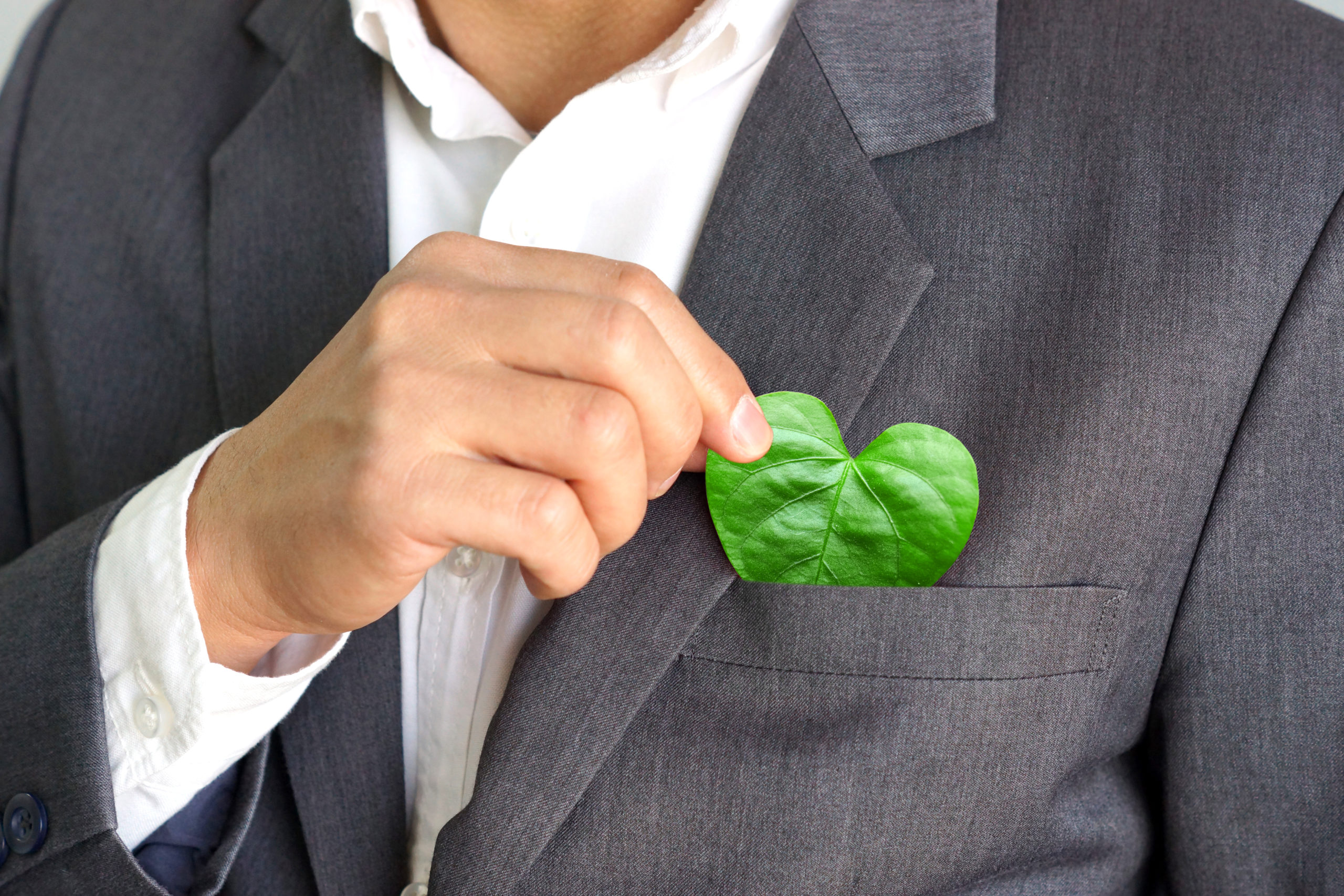Decarbonization – we can do it!
But are we reaching for the goal or wasting valuable time due to lack of synergy and poor understanding of potential? The future is always overpredicted, but underestimated! Let’s not wait any longer.
I’m writing this reflection during my summer vacations, spending time with my family, hiking through the national parks of Slovenia, Czechia and Poland, rowing down beautiful rivers, climbing some rocky walls, paddling across deep green lakes, running along vast stretches of the Polish Baltic coast and driving past meadows of unimaginable color palettes and endless wheat fields. The beauty that is all around calms me down and teaches me. Have you noticed how nature and ecosystems always adapt in order to survive? Synergy, flexibility and agility enable animals and plants to thrive in practically any environment. Although we are prone to forgetting that fact, humans are part of nature, and Homo sapiens, as well as all the systems that it has created, has the tendency to adjust, survive, and thrive in its DNA.
It is a fact that the future is always overpredicted, but underestimated.
We live in historical times and our actions taken in the next few years will significantly benefit or harm the future of this planet’s population. I’m talking about our reaction to the climate crisis. We know what the right answer is: we need to switch to a circular economy, embed smart designs, promote smart use and exploit all the benefits of digitalization and intelligent energy systems. We have the technology and have developed new business models, however, the progress and results we need so badly are still out of reach. In the next few paragraphs, I will attempt to share my perspective on the issue and explain where the potential truly lies. How do we move forward and how can the EU really meet the goals of the Green Deal and be a role model for the world regions? For now, we – the multi-stakeholder economies, societies and governments – are using resources we do not have and creating a footprint the planet cannot nullify. We are turning to consultants, experts and analysts to provide us with guidelines and predictions for the future. However, we repeatedly look away, because we don’t like what we see in the mirror and because we don’t like the hard work that it would take to get there. We choose to ignore the obvious and continue searching for shortcuts. There will be a high price to pay globally if we continue on this track. The one thing we can, and must, learn from this terrible coronavirus situation is that every crisis comes in stages: reaction, adaptation and reorientation. The climate crisis is no different.
For more than 20 years, I’ve been working on sustainability and circular economy strategies, and for the last five years I’ve been helping Iskraemeco, a global company committed to ‘bringing intelligence to energy’, to embed the principles of sustainability and circularity into its strategy, business models and solutions for its customers. Therefore, this text is also a tribute to a company that is recognized as a trend-setter in this field and has done much in terms of consulting partners and governments on the pressing issues, but has also failed in many attempts, mainly as a result of poor policing and insufficient legislation, understanding and commitment to the green transition.
What do we need to do and how fast do we need to do it?
Our planet’s average temperature has already increased by 1°C and the world is currently not on track to achieve the Paris Agreement objectives of containing temperature change at below 2°C, let alone 1.5°C. This is the consequence of the CO2 footprint that we have managed to push to very high levels. We need to decarbonize the planet and we need to do it fast. The CO2 footprint has the biggest correlation with energy demand. Energy production and consumption represent more than 75% of the EU’s greenhouse gas emissions. To achieve climate neutrality by 2050, this will need to change profoundly. On a global scale, energy consumption is growing annually, and so is the CO2 footprint.
The EU has taken on a global leadership role in tackling climate change and actively pursues policies to cut its greenhouse gas emissions and to decouple these from economic growth, which is very commendable. However, in recent times, the EU has set itself rather unambitious goals, namely to increase renewable energy by 20%, decrease its CO2 footprint by 20%, and to improve energy efficiency by 20%, and has even failed to reach the last one.
As we speak, the EU has already adopted climate and energy legislation to reduce greenhouse gas emissions by at least 40% by 2030 compared to 1990 levels. Furthermore, the Commission has adopted the Green Deal and Green Recovery plans in an attempt to increase the EU’s 2030 target for greenhouse gas emission reductions to at least -50% and towards -55% compared to 1990 levels. The question I would like to be considered is: can we raise the bar even higher?
During our little road trip through the plains of Germany and Poland we saw countless wind parks with their huge blades spinning to produce wind energy. Of course, for the last 10 years, the main solution countries have promoted on a global scale has been switching to renewable energy and limiting the use of fossil fuels. Yes, this is needed and we must continue along this track but, given the pace of global development, predictions that energy consumption will increase by up to 50%, according to certain sources, and awareness that as much as 75% of emissions come from energy production and consumption, it becomes pretty obvious that energy efficiency is the key to resolving the climate crisis.
The energy sector has pledged to play a leading role in investments that are essential in becoming carbon-neutral well before 2050.
That being said, the underlying question remains – how will it happen? These challenges do not date from yesterday and it has been a solid fact for a long time now that energy efficiency can significantly improve as a result of building an intelligent grid and an intelligent energy management system, integrating smart homes and digitalizing the industry. Based on EU legislation, over the last 20 years EU countries have increasingly installed smart meters (the target was set at 80% of smart metering points by 2020), while energy efficiency and a reduction in the CO2 footprint were also part of the goals. Firstly, countries are failing to live up to the expected quantities and secondly, in majority the data provided is far from being used for any of the intelligent energy management functions, which would result in improved energy efficiency. The potential, however, exists – efficiency in the grid can be improved by 3% to up to 10%, depending on the base line of the country. Let me illustrate this using Iskraemeco as a business case. One of the ten largest electric grid companies in Russia implemented Iskraemeco’s solution package, which consists of smart energy meters, data management and software services. This enabled the company to receive real-time information about network conditions, where more than 3.5 million online parameters are analyzed. In-depth data are beneficial not only for the company itself, but also for various other market participants, giving them useful insights into strategic operations and planning and delivering results such as pushing down high energy losses by to 11% in just two years. Part of the project – improved energy efficiency of transmission and distribution networks – has led to a significant reduction in direct and indirect CO2 emissions.
To continue the display of untapped opportunities of energy decarbonization, let’s break down emissions by source into three major groups: buildings, industry and transportation.
Buildings today account for 40% of the final energy consumption, including electricity consumption. Buildings are also responsible for 34% of the total greenhouse gas emissions in the EU. However, buildings can be decarbonized and their energy performance can be improved through a number of solutions. One way to achieve this is by sharing energy consumption data with end users and providing them with modern applications that enable consumers and prosumers to optimize their household energy consumption based on data from meters. There are only a few countries in Europe that have done that, but only one has made it mandatory – the UK. In many mass pilot projects over the years the UK has proven that end users can achieve a 9% decrease in energy consumption, provided they know and use their energy consumption data. Some countries would argue that end users are not interested in managing their energy consumption. This, however, contradicts the outcome of the recent Eurobarometer survey, according to which a total of 93% of EU citizens see climate change as a serious problem and a significant majority of the EU population wants to see increased action on climate change.
Industry is responsible for 25% of final energy consumption and about 20% of the total greenhouse gas emissions. In this regard, significant emission reductions in the industrial sector are needed to contribute to climate neutrality by 2050 and to meet the zero pollution ambition. This will require technologies to be tested and deployed at scale within the 2030 timeframe, taking into account the investment cycles in industry. According to Bahaa Abdullah, Iskraemeco’s CFO, much can be done to set an example for industry to follow: “Over the last five years Iskraemeco has achieved a 70% reduction in its CO2 footprint per product, largely due to smart circular design and energy-efficient, lean production. The company is currently completing its second wave of investments focused on implementing automated, digitalized production and further advancing the product designs by embedding recycled materials and relying on local suppliers, which are foreseen to bring CO2 emissions down by a further 50% compared to last year’s baseline.”
We have one message, however, EU industry will invest intensively in the green transition, therefore EU infrastructure and governments should take advantage of EU industry as their suppliers. There is quite often a situation whereby in public procurement, prices of ‘third country’ companies win over EU companies. I will quote Iskraemeco’s CEO, Luis Goncalves, “competition is a good thing; it is what is pushing the technological development further, but it needs to be fair.” This has also been noticed by the EU and a White Paper is published on the topic of foreign subsidies, with a public consultation open until the end of September. We commend that and would like to lead the debate to one very connected issue – CO2 leakage. The EU says that it only emits 9% of world emissions, while so many industries have been outsourced and so many goods consumed are produced elsewhere. Every product and service has its lifecycle environmental and social footprint and this has to be calculated into EU emissions and put forward as a transparent benchmark within public procurement. Let’s make the EU industry green and let’s take our technologies across the world. Two of the most important COVID-19 lessons are to be strategically independent and to cut supply chains shorter.
Road transportation as the last of the big CO2 sources is responsible for 20% of CO2 emissions. We all see e-mobility as the big solution, however, it does not help if e-vehicle batteries are charged by fossil fuels energy, and neither if multiplying e-vehicles in the grid are disproportionally enlarging the consumption and destabilizing energy management. In this situation, accurate data with analytics and further developed solutions can also enable us to achieve positive results on energy efficiency, looking from many different angles, i.e. end user, community or grid. Iskraemeco is one of the companies developing solutions of intelligent integration of e-mobility into household, community and energy systems at large.
To summarize, as described above, there are huge potentials in energy efficiency improvements when existing technologies are used to their full potential. Data (secure, of course) is the most valuable tool we have to create a better and safer world. Therefore, we urge stakeholders of the energy industry to achieve synergies and cooperation, and policymakers to have better understanding and quicker reactions. Nowadays, we are often in between Dataphobia – being afraid of data – and Datatopia – the vision of a better world achieved through the use of smart technologies. The world needs smart and prompt decision.
“The article was originally published in the publication Bled Strategic Times, Official Gazette of the Bled Strategic Forum Monday, 31 August 2020; available on the link: https://bledstrategicforum.org/wp-content/uploads/2020/08/BSF-Times-2020.pdf





